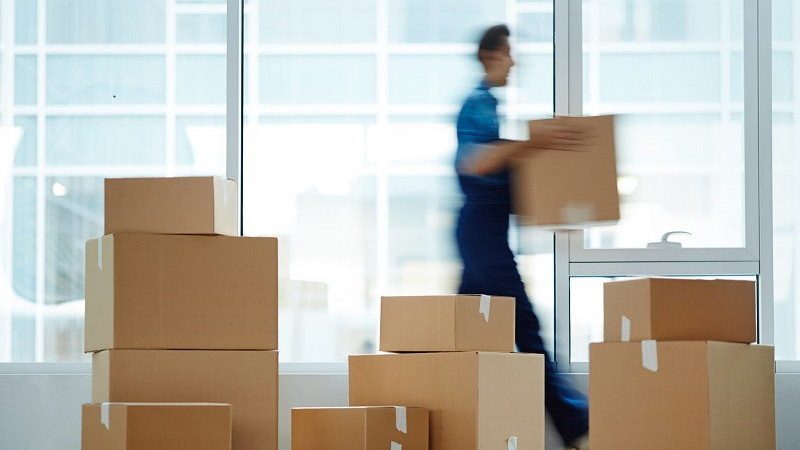To outsiders, the process of removalists moving belongings from one house to another or to storage, or office furniture between offices, might not seem like the riskiest of operations. The truth is, they would be right, but only if these types of moves are carried out correctly, and in a manner that eliminates as much risk as possible of anyone being injured.
With professional removalists, it is almost certain that the staff responsible for carrying out any moves have received training, that they know what risks they could encounter, and how to avoid them. However, should anyone working for removalists or any removalists owners who have either not received that guidance or wishes to impart it to their staff, here are 10 tips on how to eliminate the risk of injury when carrying out a house or office move.
Carry Out A Pre-Inspection Of The Premises: By inspecting both premises, assessing what is being moved, checking the surroundings, and planning the routes along which items will be moved, you can ensure anything which could be an issue is resolved or at least made known to those who will be carrying out the move.
Remove All Trip Hazards: Trip hazards can either be something that is in a fixed location, like the curled edge of an office carpet, or movable, such as the electrical cable for a photocopier. In either instance and for any other trip hazard, they need to be removed or made safe, by using tape, for example.
Remove All Obstructions On Pathways And Entrances: On the exterior of any house or office, there are bound to be obstacles, which can either be permanent or temporary. Examples include rubbish bins, traffic bollards and bicycles. If they can be moved, move them, if not, avoid them when carrying items.
Ensure All Interior Corridors And Doorways Are Clear: This is essentially a repeat of the previous tip but applies to the interior not the exterior of the premises. As such there are likely to be fewer, but the same precautions still apply.
Do Not Overload Packing Boxes: Whilst it might seem efficient trying to place as many items as possible in a box, it comes with risks. They include items bursting out the bottom of the box, injuring your foot or you tripping over them. You could also strain muscles trying to lift an overfilled box.
Place Heavier Items At The Bottom Of Boxes: To avoid strains and the chances of dropping boxes, you should place heavier items at the bottom of them. This spreads the weight more evenly and reduces the risk of the box being dropped due to it being top-heavy
Stack Boxes With Lighter Boxes At The Top, And Heavier Boxes At The Bottom: The principle relating to not wanting anything to be top-heavy also applies to stacking boxes. Here, you want the heavier boxes at the bottom and lighter boxes at the top.
Ensure That Children And Pets Are Kept At A Distance: We all love children and animals, but they create risks when it comes to removalists doing their work, As such you should ask clients with pets or children, to keep them well away from where you are working.
Only Use Equipment That Is Suitable For The Job: No matter what amount of equipment you need to make your job easier, it is essential it is all appropriate and of a quality suitable for lifting and moving heavy items.
Allow Plenty Of Time: One of the biggest causes of accidents involving removalists is them rushing to complete a move. There is no point in rushing to finish if it means you injure yourself in the process. So, allow plenty of time for each job.

